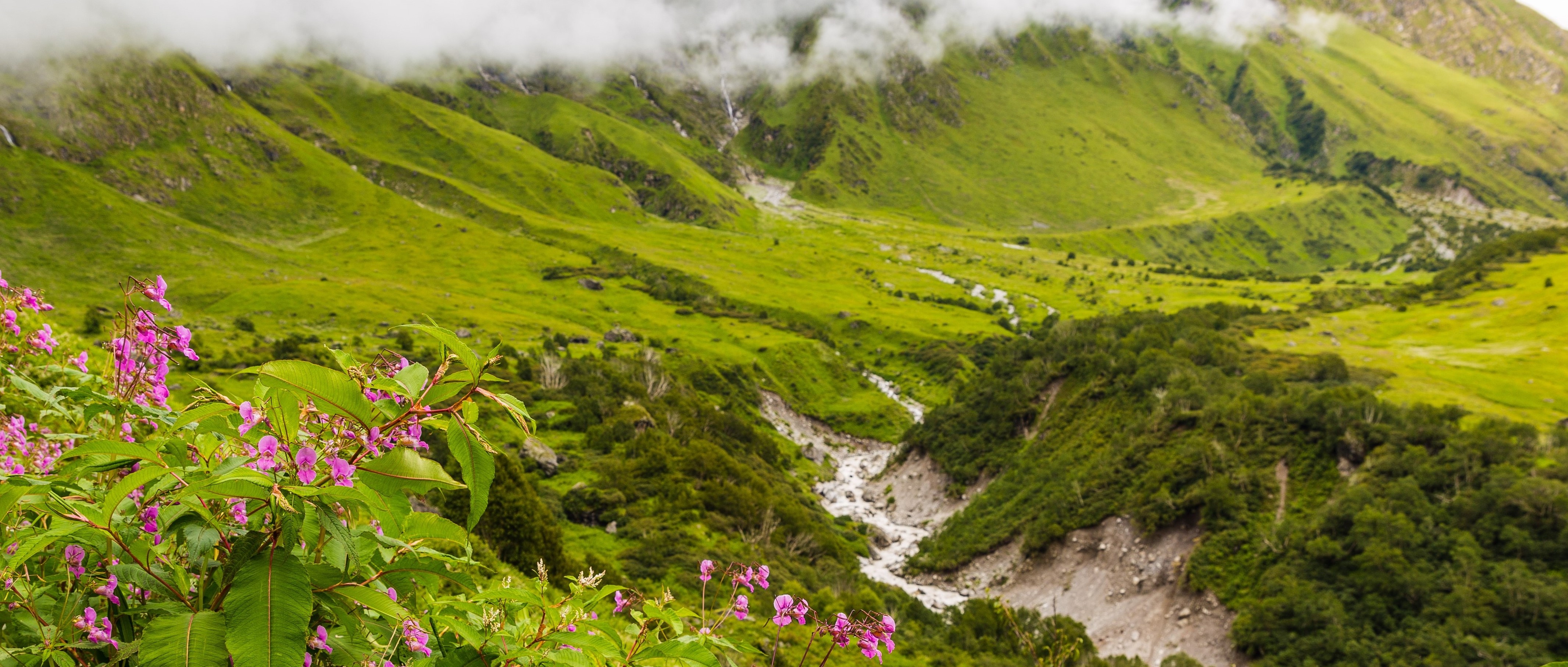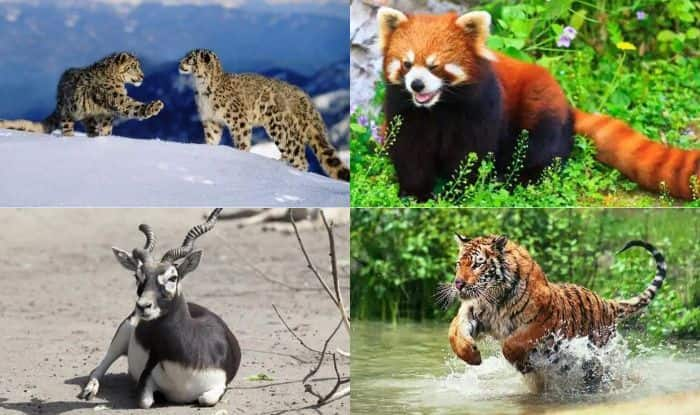CBSE Class 8 Science Chapter 7 Revision Notes
Chapter 7: Conservation Of Plants And Animals Revision Notes
Clearing forests (natural and human-driven) and using that land for other purposes is called deforestation.
Droughts and desertification are the results of desertification.
CONSERVATION OF FOREST AND WILDLIFE
-
Biodiversity is the assortment of animals, plants, fungi, and even microbes such as bacteria that constitute our natural environment.
-
These organisms work together in ecosystems to preserve, balance, and support life.
-
The terms wildlife sanctuary, national park, and biosphere reserve are used to describe places dedicated to forest and wild animal conservation and preservation.
| Places | Characteristics | Examples |
| Wildlife Sanctuary |
|
Pachmarhi Wildlife Sanctuary |
| National Park |
|
|
| Biosphere Reserve | Helps in the conservation of biodiversity and the culture of an area | Pachmarhi Biosphere Reserve consists of the Satpura national park and the Bori and Pachmarhi wildlife sanctuaries |
-
The flora and fauna of a given place are the plants and animals that live there.
-
Endemic species are those plant and animal species that can only be found in a specific location (a zone, a state, or a country).
-
Habitat destruction, population growth, and the introduction of new species may all impact endemic species’ native habitats, putting their survival in danger.
-
Endangered species are living organisms that are on the threshold of extinction.
-
Extinct Species are plant and animal species that have already died out. Especially smaller animals are more at risk.
-
An ecosystem consists of all the plants, animals, and microorganisms that live in a given area and non-living elements like climate, soil, etc.
-
The Red Data Book contains a database of endangered species maintained internationally and at the zone, state, and country levels.
-
Migration is the regular seasonal movement of birds for a specific purpose, such as breeding for a set time each year.
-
To protect forests, power, and water, we should save, reuse, and recycle paper.
-
Reforestation is the process (natural or human-driven) of replanting new trees of the same species in depleted forests.
Source: Chapter-7.pmd (ncert.nic.in)
]]>


